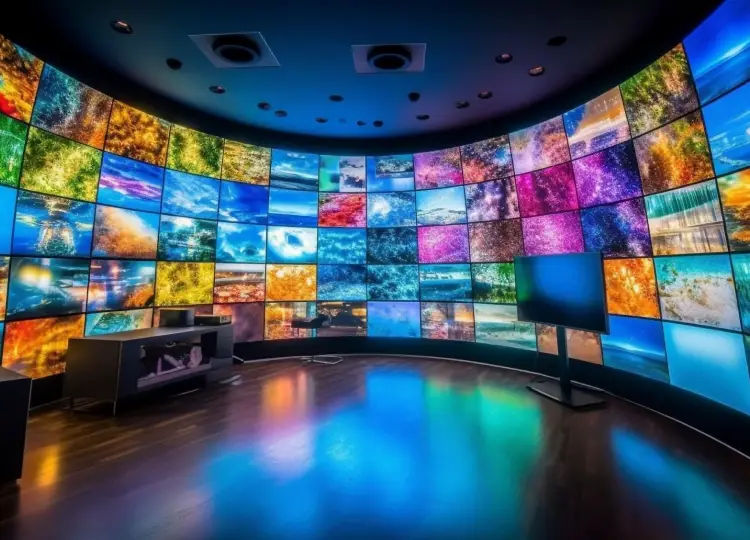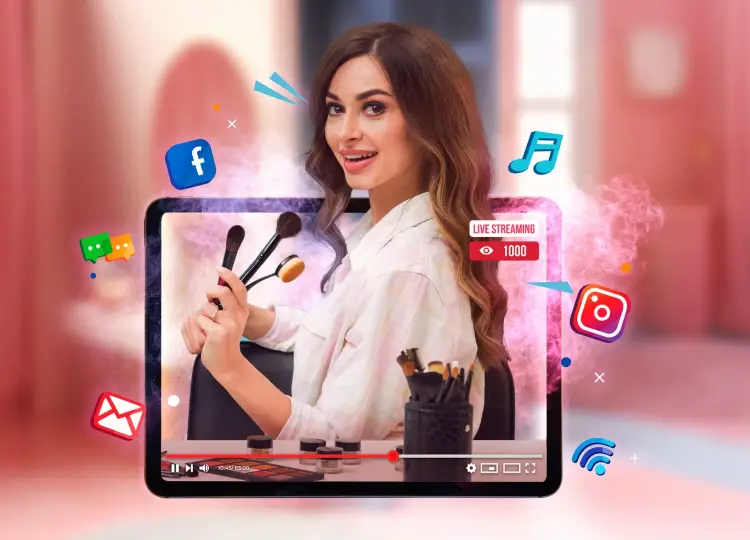Image by vecstock on Freepik
The landscape of television has undergone a profound transformation in recent years, thanks to the rise of streaming services. Traditional cable and satellite TV are no longer the only options for consuming content. Streaming platforms like Netflix, Amazon Prime Video, Disney+, and Hulu have disrupted the industry, offering viewers a new way to access and enjoy their favorite shows and movies. In this article, we'll explore the impact of streaming services on the future of television.
1. On-Demand Viewing
One of the most significant shifts brought about by streaming services is the concept of on-demand viewing. Unlike traditional TV schedules, where viewers had to tune in at specific times to watch their favorite programs, streaming platforms allow users to watch content whenever and wherever they choose. This convenience has revolutionized how we consume television, putting viewers in control of their entertainment experience.
2. Cord-Cutting and Cable Decline
The popularity of streaming services has led to a phenomenon known as "cord-cutting." Many viewers are canceling their cable or satellite TV subscriptions in favor of streaming platforms. This shift has challenged the traditional cable TV model and forced cable providers to adapt by offering streaming options and flexible packages.
3. Original Content Production
Streaming services have invested heavily in creating original content, including TV shows, movies, documentaries, and more. The success of shows like "Stranger Things," "The Crown," and "The Mandalorian" demonstrates that streaming platforms are capable of producing high-quality content that competes with, and sometimes surpasses, traditional network television.
4. Global Reach
Streaming services have a global reach that surpasses traditional television networks. Content can be accessed from virtually anywhere with an internet connection, allowing viewers to enjoy a wide range of international shows and movies. This globalization of content has fostered cultural exchange and diversity in programming.
5. Personalized Recommendations
Streaming platforms use sophisticated algorithms to analyze viewers' preferences and viewing history. This data-driven approach enables them to provide personalized recommendations, helping viewers discover new content tailored to their interests. This personalized experience enhances viewer engagement and satisfaction.
6. A La Carte Channel Selection
Traditional cable and satellite TV often force viewers to subscribe to bundled packages with numerous channels they may not want. Streaming services typically offer a more flexible approach, allowing viewers to choose the specific channels and content they wish to access, often at a lower cost.
7. Competition and Innovation
The proliferation of streaming services has led to intense competition, driving innovation in content delivery, technology, and user experience. This competition benefits consumers by continually improving the quality of service and content offerings.
8. Ad-Free Viewing (With a Catch)
Many streaming platforms offer ad-free viewing experiences, a stark contrast to traditional television, which relies heavily on advertising revenue. However, some services, like Hulu, offer ad-supported options with lower subscription costs, providing viewers with choices based on their preferences.
9. Fragmentation of Content
While streaming services offer an abundance of content, the fragmentation of streaming platforms can be overwhelming. Viewers may need multiple subscriptions to access all their desired content, leading to concerns about subscription fatigue and the cost of multiple subscriptions.
10. The Decline of Appointment Viewing
With the convenience of on-demand streaming, appointment viewing—where viewers tune in to a show at a specific time—is becoming increasingly rare. This shift challenges the traditional advertising model, where advertisers target specific time slots to reach their audience.
Conclusion
The impact of streaming services on the future of television is undeniable. These platforms have not only changed how we consume content but have also ushered in a new era of creative storytelling and global entertainment. While challenges such as subscription fragmentation and the evolving advertising landscape persist, streaming services continue to shape the future of television, offering viewers more choices, flexibility, and control over their viewing experiences. As the industry evolves, it will be fascinating to see how both traditional television and streaming platforms adapt to meet the ever-changing demands of audiences worldwide.





